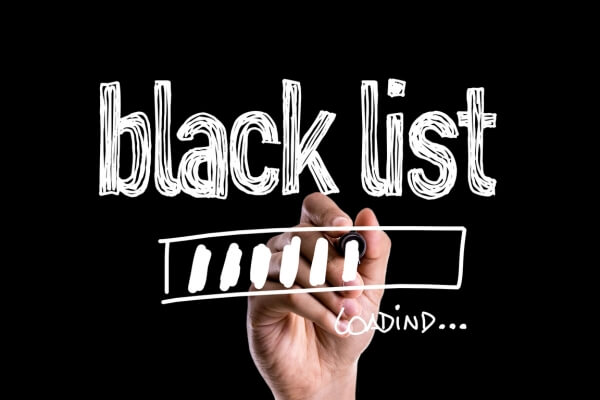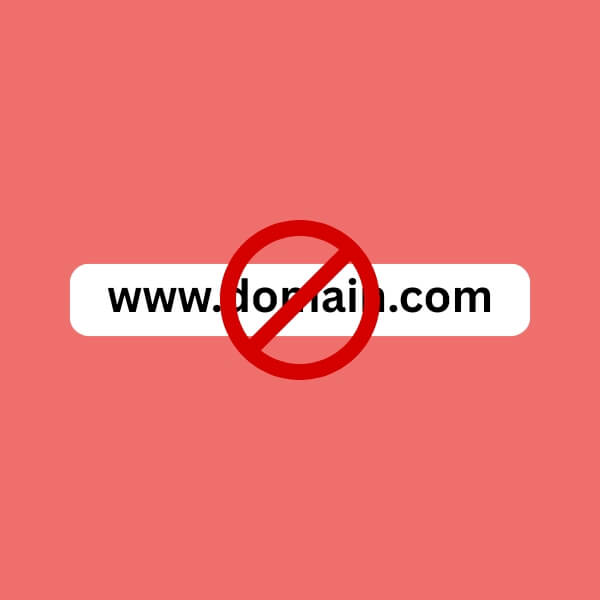What to know about website blacklisting
Have you ever tried to visit a website and been warned with a message like "This site may be harmful"? Or worse, your customers did, and it was your website? That's what happens when a site ends up on a website blacklist. It's like getting locked out of your party because someone thinks you're dangerous.
And the worst part? You might not even know it's happened until traffic drops off a cliff.
What Is Website Blacklisting?
When we refer to "blacklisting," we mean a process in which search engines, security tools, or firewalls block access to a website because it has been flagged as unsafe. That could mean malware, phishing content, spam, or any other threat to web security.
Once your domain is on that list, users might be stopped by browser warnings, antivirus alerts, or company firewalls through URL filtering or web filtering systems.

Think of it like getting flagged at airport security. Whether it's a real threat or a misunderstanding, you're grounded until someone clears your name.
How Sites End Up on Blacklists
There's no single path to blacklisting, but a few repeat offenders include:
- Malware infections: Hidden malicious code injected through outdated plugins, compromised passwords, or poor hosting environments.
- Phishing or spam content: Even if you didn't put it there, attackers might have.
- Reputation abuse: Hosting too many outbound links to shady or irrelevant websites.
- Hacked pages: Cybercriminals love to sneak in backdoors and quietly take over your content.
And once you're on the list, it's not just a matter of scrubbing the site. You also need to notify blacklist databases and request removal, which can be tedious if you don't know where to look.

The Domino Effect of Being Blacklisted
It's not just a hit to your website. It's a hit to your business. Here's what starts to unravel:
- Search engine visibility tanks: Google and Bing may remove your site from search results entirely.
- Loss of trust: Visitors who get a warning message won't think twice before bouncing.
- Blocked at work: Many offices use content filtering or domain-blocking tools that rely on these blacklists to restrict access.
If you rely on your website to generate leads, run eCommerce, or represent your business online, a blacklist is the last place you want to be.
What You Can Do to Protect Your Website
Blacklists are meant to protect users, but that doesn't mean you can't defend yourself, too. The goal is prevention and fast action. Here are a few places to start:
- Keep your website software updated: Outdated themes, plugins, and CMS platforms are easy targets for hackers.
- Use security tools with blacklist monitoring: These can alert you if your site is flagged and even help resolve it.
- Limit admin access: Grant backend access only to those who require it. Set strong passwords and enable two-factor authentication.
- Set up a web application firewall (WAF): This adds a layer of protection between your website and unwanted traffic.
It also helps to work with someone who knows the ins and outs of blacklist management, access control, and web security before a crisis hits.
How Profusion Web Solutions Can Help
If your site has been blacklisted or you want to ensure it never is, Profusion Web Solutions can help. We specialize in website security, malware cleanup, and smart hosting setups that keep you out of trouble in the first place.
Our team monitors for threats, resolves issues fast, and helps you build a site that's not just beautiful but built to withstand real-world risks.
Don't let blacklisting catch you off guard. Let's ensure your site stays open for business and off the blocklists. Get in touch with us today.
